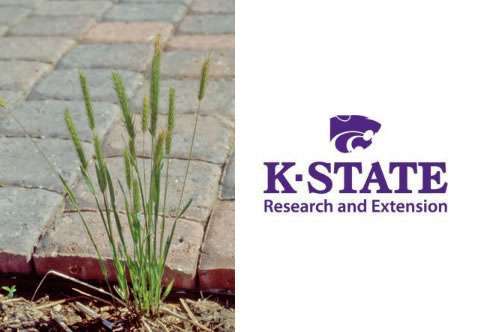Fall is lawn time! When planning to seed or reseed a lawn, it is important to remember that most preemergence herbicides will also kill young plants as they emerge. After a preemergence herbicide is applied, there is a waiting interval before grass can be safely seeded or reseeded. Check the label to determine the length of the waiting period. The only homeowner product that can be used at the time of seeding or reseeding cool-season grasses is Tupersan (siduron). It is most commonly available in fertilizers labeled for crabgrass control in new lawns. It should only be used in this form when seeding is done in the spring.
The waiting interval varies with the product used, rate, and number of applications. Higher rates and repeat applications may require a longer waiting period before reseeding.
Do not use preemergence herbicides after seeding (except Tupersan) until the new grass has been mowed three times. Preemergence herbicides will prevent growth of grass seed that has not yet germinated at the time of application. However, some products with Dimension (dithiopyr) can be treated two weeks after Kentucky bluegrass, perennial ryegrass, and/or tall fescue have emerged.
Do not apply broadleaf herbicides within 4 to 6 weeks before seeding. After seeding, do not apply them until the new grass has been mowed three times. The first application of a broadleaf herbicide on new grass should be at a reduced rate.
During the establishment period, mow, water, and fertilize properly so the grass will fill in and mature as rapidly as possible. Mowing frequently will keep most weeds in check until an herbicide can be used.




